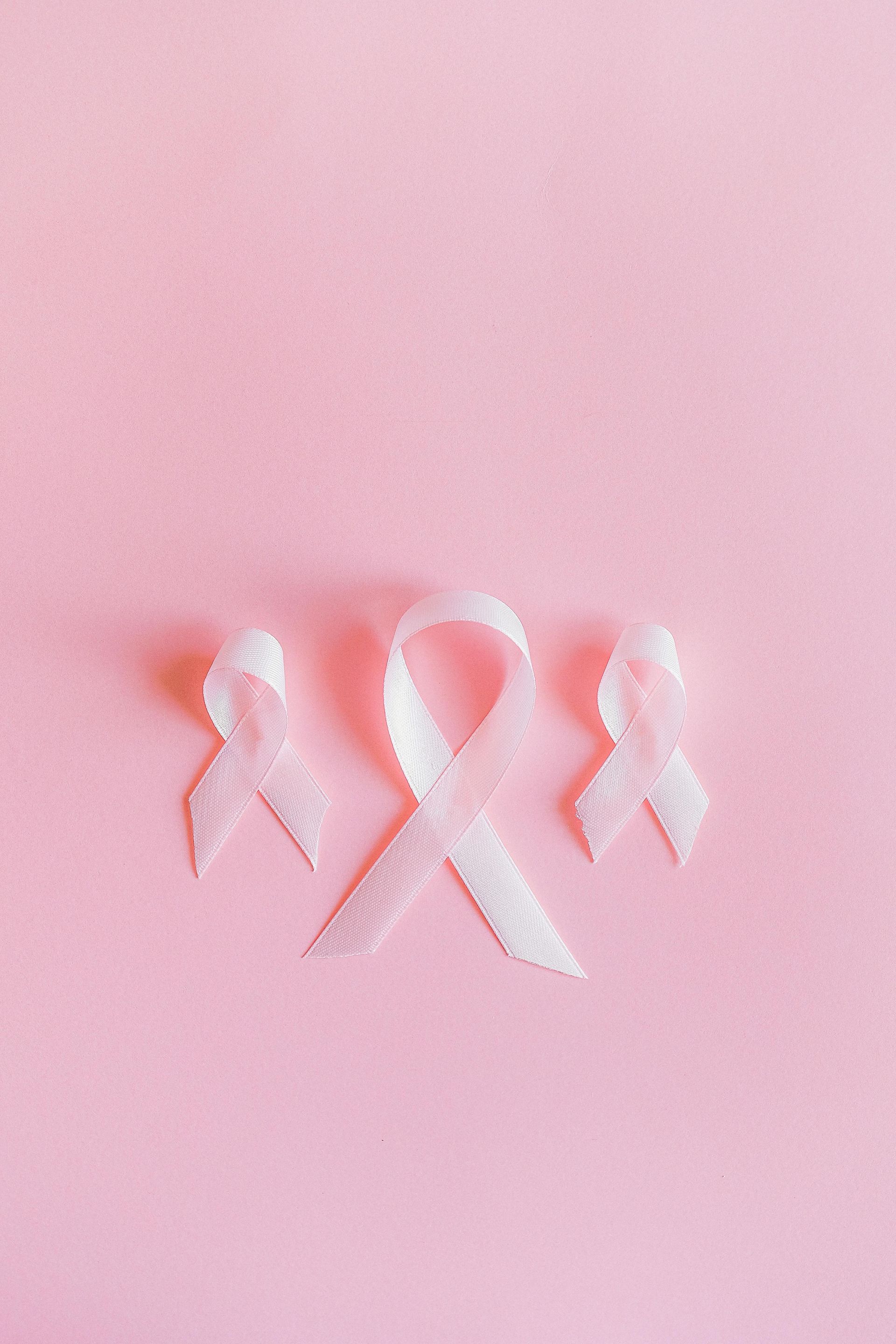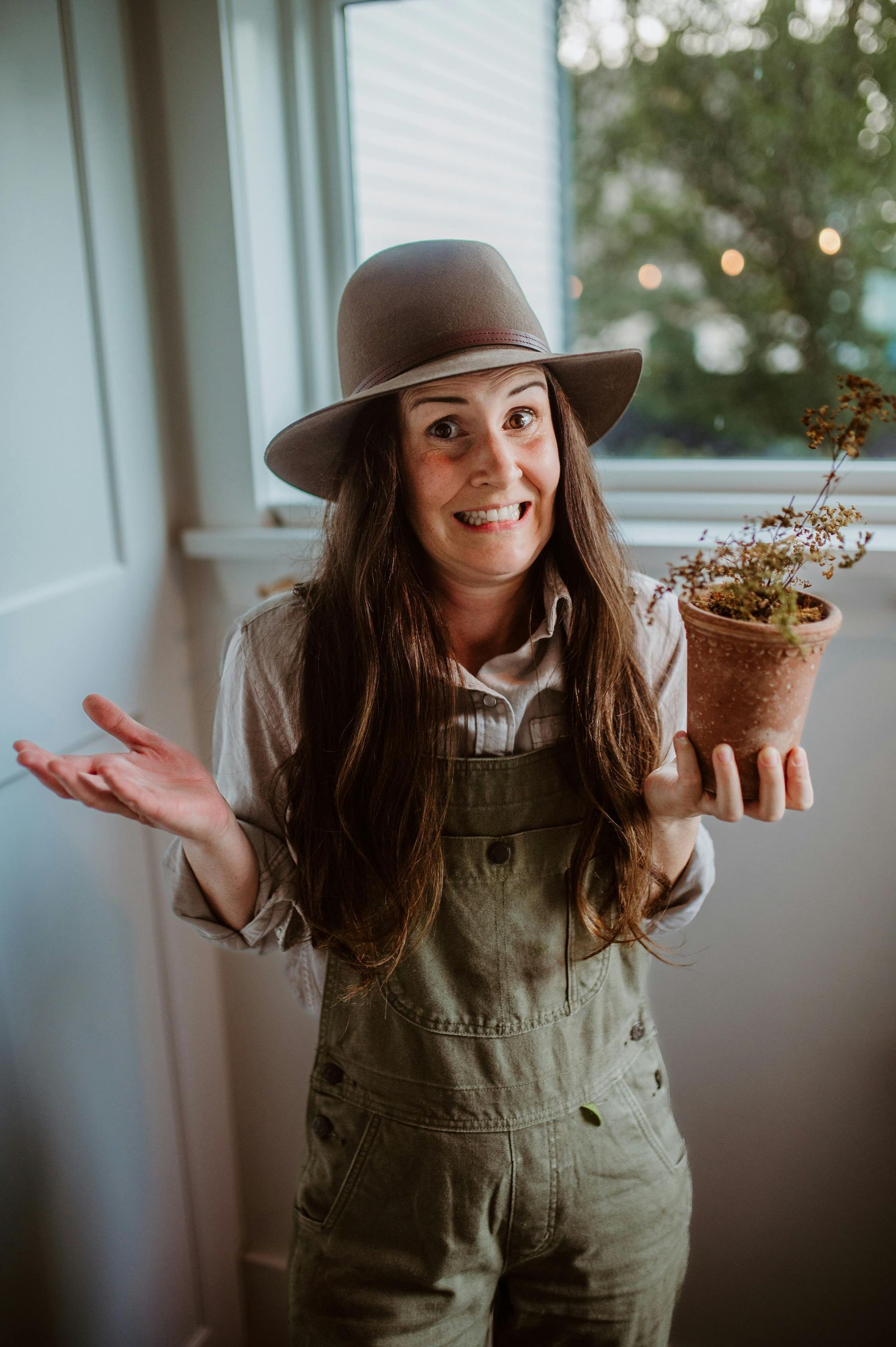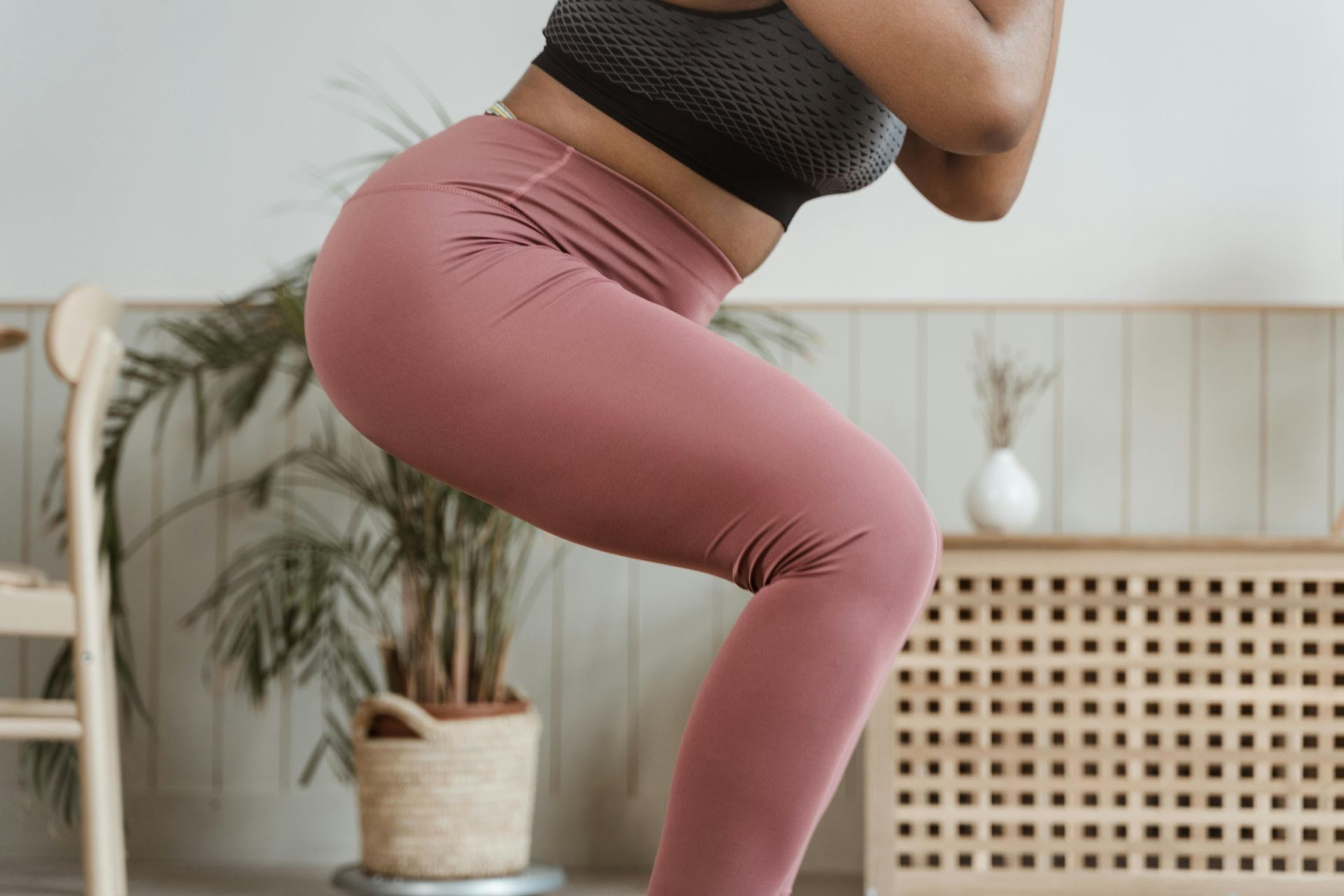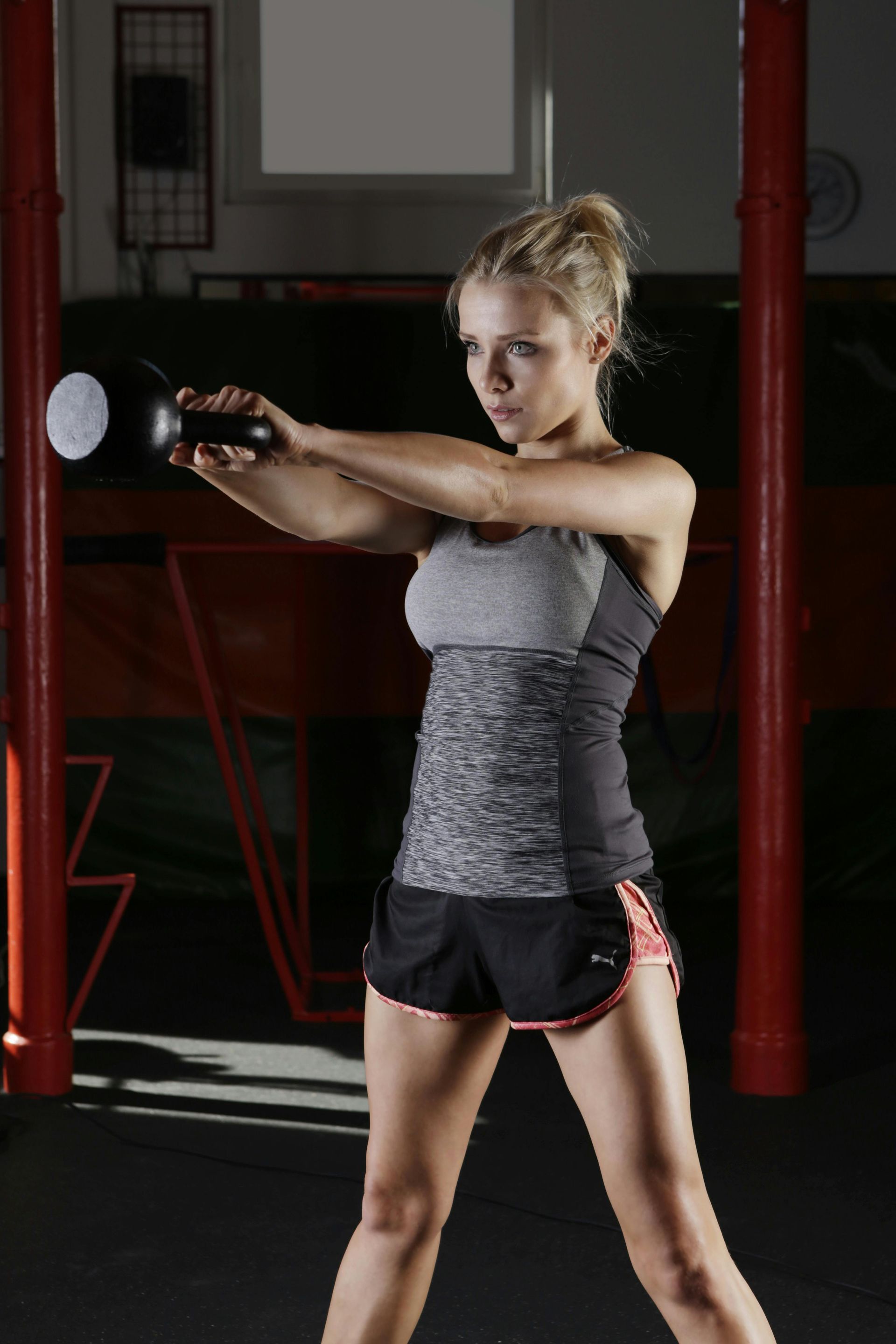Can you get more flexible doing Pilates?
Jane Arlow • June 5, 2020
Clue: Yes!
Having a good range of movement is described as being able to use the full movement potential of a joint. So the good news is that a lot of Pilates exercises help you to get closer to using the full movement potential of your joints.
This will improve your general day to day life making it easier to walk, run, pick things up and reach for things.
There is more to having a good range of movement (ROM) than just having flexibility - it's also important that you have strength.
For example, in order to be able to straighten your knee fully (for example when pushing off from the back leg, running for the bus), your quads need to be strong enough to create that extension. However, if your hamstrings are super tight, the quads have to work even harder to make the knee extension happen.
So, without getting all anatomical on you, here are a few exercises that will help you to improve your range of movement..
Side Kick Lying (or kneeling)
This is a great exercise for all round lower body ROM! You increase strength in the hip flexor and get a hamstring stretch as you bring the leg forward while using the quads to extend the knee fully. In the backward swing, the exercise opens out the hip flexor while you use the glutes to bring the leg back. And all of this performed while using your core to minimise any compensatory movement through the body.
This exercise helps you to build strength along the whole posterior chain (i.e the back of your body) - from working the spinal extensor muscles to lift your arms and upper body off the mat, to using your glutes to extend your legs back and away as you kick to using your shoulders to extend your arms away from the body. Our modern desk-bound/ car-bound lifestyle means that these muscles spend most of the day in a lengthened position.
Spine Twist (seated, kneeling or standing)
The vertical position of the spine in this exercise is similar to that used in many every day activities such as golf and tennis and encourages you to use your "powerhouse" (or core) to rotate the trunk, against gravity, rather than using the pelvis or shoulders. Not only is it essential for optimal athletic performance, it prevents common injuries to the back.
Aka backwards plank! I love this exercise for its chest opening, shoulder stabilising effects! Keeping the shoulder blades in neutral while keeping them away from the ears is a valuable antidote to our usual rounded over posture. Did you know that a rounded posture can inhibit your ability to take proper deep breaths (see blog on Managing Stress to learn why this is important)? If you're extending the legs too, this is fantastic for hip flexor strength.
There are loads of other exercises that improve ROM, from single leg stretch and single straight leg stretch, to spine stretch to rollover and the saw. Follow me on Instagram or Facebook for my Mobility Monday series. Every Monday, it's a different stretch!
Want to keep in touch? Join the mailing list here and you'll receive a free Resistance Band workout that will help you feel stronger AND more flexy!

October's Breast Cancer Awareness Month and if you haven't done it recently, please let this be the nudge you need to give them a good feel up. Here 's a link to the NHS website below showing how to perform your check and what to look for. If you're one of my gentlemen readers, please don't think this doesn't apply to you. It does. Men can still get breast cancer. And if you find something that doesn't seem right, please contact your GP as soon as possible. 80-90% of lumps are likely to be benign, but for the small percentage of those that aren't, early detection and treatment are your best chances of having successful treatment and being around to annoy friends and family for a long time. Don't skip your mammogram I know having mammograms is really uncomfortable. But this is one of the best ways to check for cancers that aren't otherwise easily spotted. So if you get invited, please go. (And don't skip your smear test either!!!) Know your risk factors 1 in 7 women will get breast cancer in their lifetime. Here are some of the risk factors: - Age : older women are more likely to get breast cancer than younger women and age is the highest risk factor. - Genetics : Breast cancer risk is higher if you have first-degree relatives who've had it (although 85% of women with a relative with breast cancer WON'T get it). - Breast density (relates to the percentage of non-fatty tissue): the risk is highest for those with the most dense tissue. You can ask your radiographer to tell you whether you have dense tissue at your mammogram. - Lifestyle factors: These include having overweight or obesity, alcohol consumption, tobacco use and insufficient physical activity. - Exposure to endocrine disrupting chemicals: These "forever" chemicals, such as pthalates and parabens, show up in makeup and toiletries. Risk doesn't normally come from one exposure to one chemical, but from prolonged exposure to many different chemicals over a long period of time. You can read more about the risks here It's worth noting that even if you get a diagnosis, it's unlikely you'll ever know if there was "one thing" that caused it. What happens if you get a diagnosis of breast cancer? I am in no way competent to comment on the treatment plan your medical team recommend for you. Everyone I know who's had breast cancer has had a different treatment plan, depending on: the stage of cancer; whether it had spread further; whether it was hormone-receptive; whether it was due to genetic mutation; and the age of the woman. I do know that for all of us, it was a really scary time. You should be given access to resources outside of the surgical and oncology team, often via a Macmillan nurse, who can answer questions on topics from your treatment and reactions, to claiming for extra benefits. They're also great if you're not sure what questions to ask. While you're in the heat of the panic, it can be difficult to think clearly about what you need to know. Using "what should I be asking that I'm not?" is super helpful. Keep moving after your diagnosis, during and after treatment The one thing I can advise you on with all confidence, is to keep moving. Exercise is safe, possible and helpful for individuals with breast cancer, throughout the treatment cycle. In fact, international guidelines say you should try to get back to your normal activities as soon as possible. Exercise can help reduce the risk of cancer coming back; and may stop stage 1 cancers from growing further; and can also reduce treatment side effects like tiredness, cognitive impairment or lympoedema. Yes, you may need to dial back your usual activities if treatment leaves you feeling exhausted. But whenever you can, please aim for 150 minutes of exercise in every week. Many forms of treatment also lead to a higher osteoporosis risk, so please also do resistance-based and/or some impact-based exercise every week. I'd also recommend paying attention to shoulder mobility. Scar tissue and "guarding" of surgery sites can reduce your range of movement a lot. Check in with your medical team to confirm if there's any specific movements you should avoid during your treatment plan, and when you'll be signed off to go back to them. One last piece of advice someone else gave me... When you tell people you have cancer, a lot of them will have an opinion on your treatment plan. Especially if they're of the "my friend cured their cancer by just eating this one thing.." type. Unless this person is an oncologist, you can safely ignore them! So, what are you still doing reading this? Go off and give yourself a fondle!









